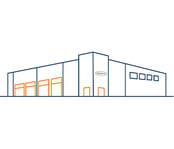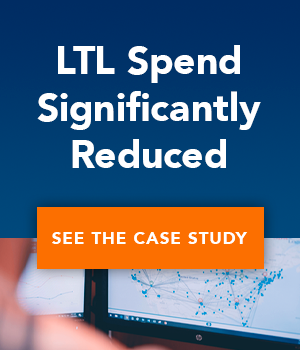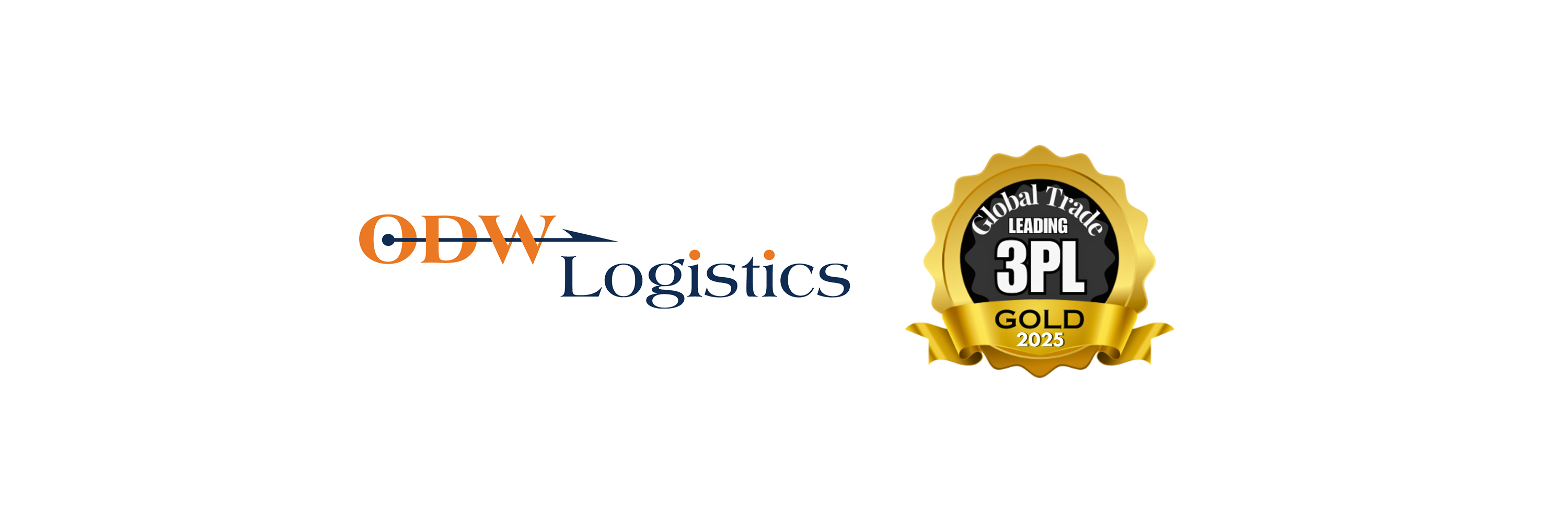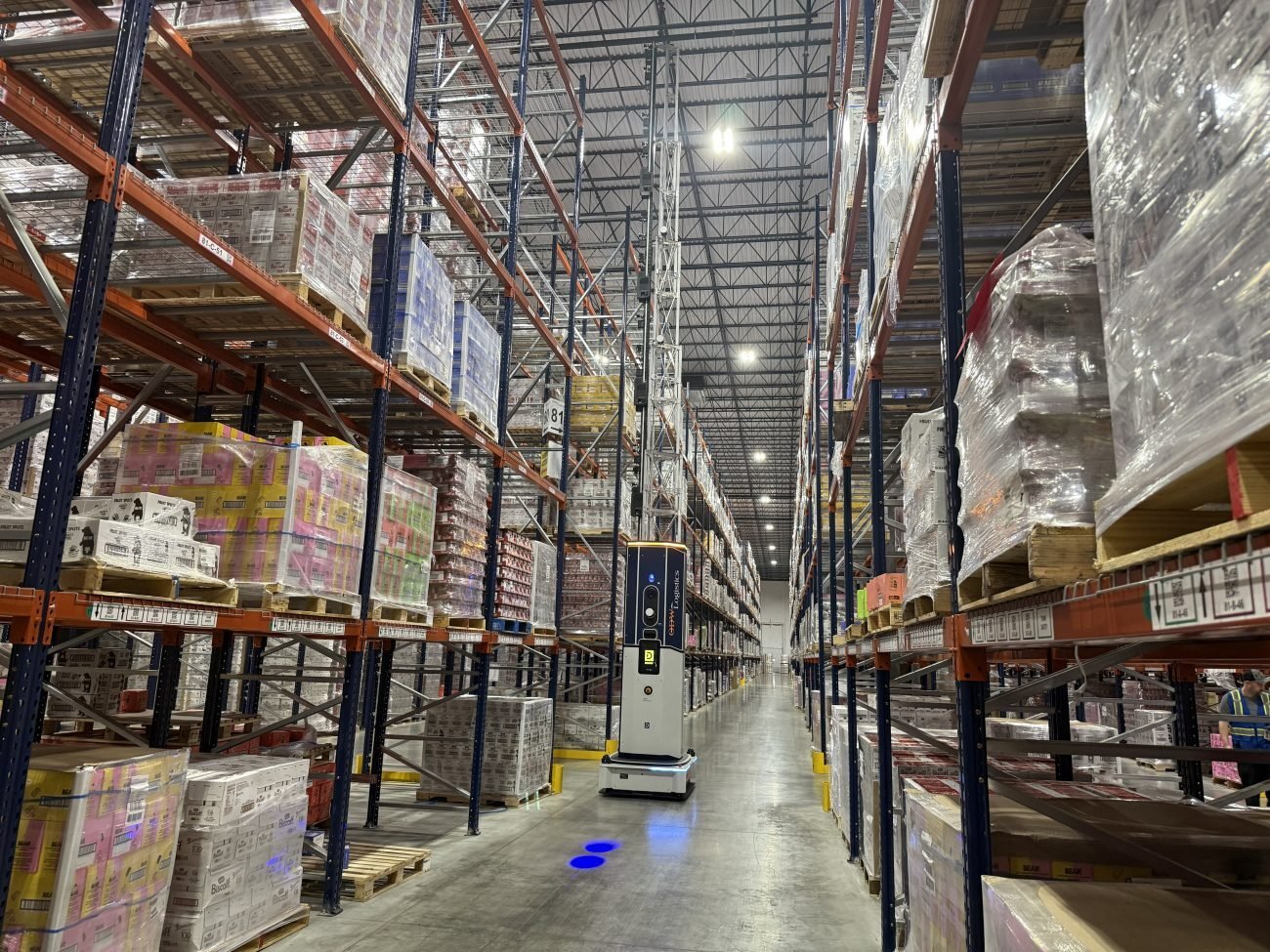
Every successful business owner today focuses on delivering customer value — faster, better, and cheaper than their competitors. While relative to different types of consumers, one thing every business has in common is the cost of logistics. According to the 2020 CSCMP State of Logistics Report, business logistics costs were $1.63 trillion in 2019, or 7.6% of the national GDP ($21.43 trillion).
Cost is one-third of the “better, faster, cheaper” equation. Speed and quality are equal parts, but it is often difficult to measure how much value they provide to the consumer. A good network analysis can provide strategic guidance toward reaching the optimal mix of the three variables.
At a high level, a network analysis helps you understand a few critical spend elements: transportation, warehousing, and inventory. Additionally, it helps you understand the service impact on the end consumer. This article will focus on the distribution of physical goods as opposed to the service industry.
- How many distribution points should I use?
- Where should those nodes be located?
- What’s the impact on these costs (transportation, warehouse, and inventory)?
- Most importantly, what is the impact on customer value?
As with most models, there are no perfect answers. There are directional answers based on company strategy, customer perceived value, and the competitive marketplace.
Number of Distribution Points
Determining the optimal number of distribution points can be complex. Most importantly, it is highly dependent on a company’s strategy. Are you trying to build velocity into your supply chain? What visibility do you have to customer orders? How quickly do your customers expect product from you? How much will you pay for speed?
Increasing distribution points allows you to meet customer demand faster. Amazon continues to expand its footprint in order to provide next-day delivery on more items. Walmart and Target are using their store footprint to fulfill online orders. Consumers can order products and have them delivered overnight or, sometimes, the same day.
Not everyone has the capital of these large companies to simply expand and compete in this marketplace. At a high level, more strategically placed distribution centers (DC) will allow you to service your customers faster. The complexity of more distribution points, however, is added transportation costs and higher inventory levels. Additionally, there is a complexity to managing inventory levels of the same product at multiple locations. It is very difficult to ensure you have the right product, in the right place, at the right time, and in the right quantities when you have many locations. Naturally, the more locations, the more complexity.
Location of Distribution Points
Location of nodes is going to be driven by your supply chain. You need to ensure your model includes your inbound (raw material) flow, as well as your outbound customer shipments. A “center of gravity” can be misleading if you are not using baseline transportation rates in your modeling. There are many warehouse costs to be reviewed; however, your transportation cost, or service time, needs should drive the location of your distribution points.
In the case of one business, the model (based on transportation cost) suggested they open in Valdosta, GA and another in Dallas, TX. During due diligence, a few issues arose which led them to review alternate locations. This process led to the opening of a DC in Jacksonville, FL in the Southeast and Norman, OK in the Southwest. The “lost” transportation savings was minimal. Ultimately, the company will be able to offer increased delivery speed to more of its customer base. Again, the location will depend on many factors, some of which include: labor market cost and availability; real estate cost and availability; state and local tax implications; and inventory (cost and management).
Balancing Costs
Understanding how to balance cost is difficult. If you are looking to expand because your customer wants one-day service, you may be able to understand transportation and warehousing costs, but how much more demand will your customer drive? Will it pay for the investment? What is the break-even point? How much risk are you willing to take?
Perhaps the most difficult cost to capture is the cost of inefficiency. More distribution points will result in more inventory to manage. Additionally, there will be more inbound shipments to fill the DC. Sometimes, systems and business processes only exacerbate this problem. For example, a shipment for “Customer A” is routed out of a DC in Charleston, SC. However, if the product is found to be depleted, the system forces a transfer of that product to come from the DC in Denver, CO before it can be shipped. This frustrates a customer who wanted faster service. Maybe the best alternative would be to ship the product direct from Denver, CO. Regardless of the creativity, the customer wanting faster service is still frustrated. Additionally, their transportation cost to serve just went through the roof.
The more distribution points you add to your network, the more management, overhead, and bottlenecks you will find. Companies should be very careful about their deployment strategy when looking to expand or contract their network. Here are a few key areas of risk to keep in mind:
- Complexity gets expensive very quickly.
- Always include ALL transportation costs (inbound and outbound).
- Research location selection in detail before settling on a specific facility.
- Leverage local and regional experts for real-estate, tax, and labor research.
Customer Value
The most important factor is ensuring your strategy is aligned with your customer’s value. If you are spending millions of dollars expanding your distribution footprint in order to drive sales — and it does not drive sales — you are going to have another problem. You will have just added significant cost to your network, and your customer does not see value in it. Network analysis can also be used to simplify your network and reduce costs. All changes within an organization should be strategically aligned and be focused on waste elimination, cost reduction, and increased customer value to achieve your goal of “better, faster, cheaper.”
Phil Schmidbauer is the Senior Director of Analytics and Solutions, ODW Logistics.
ODW Logistics
Since 1971, we’ve been providing warehousing, distribution, and transportation solutions for hundreds of brands. We operate as an extension of your business to control costs throughout your supply chain that deliver you a competitive advantage over your competition.RECENT POSTS
Introduction: The Evolving Landscape of E-commerce Fulfillment In the fast-paced world of online retail, customer expect...
Dec. 18, 2025 09:26 AM
ODW Logistics has been named a Top 50 Third-Party Logistics (3PL) Provider by Global Trade magazine and recognized in th...
Dec. 17, 2025 09:33 AM
December 3, 2025
Dec. 04, 2025 09:10 AM









.jpg)

